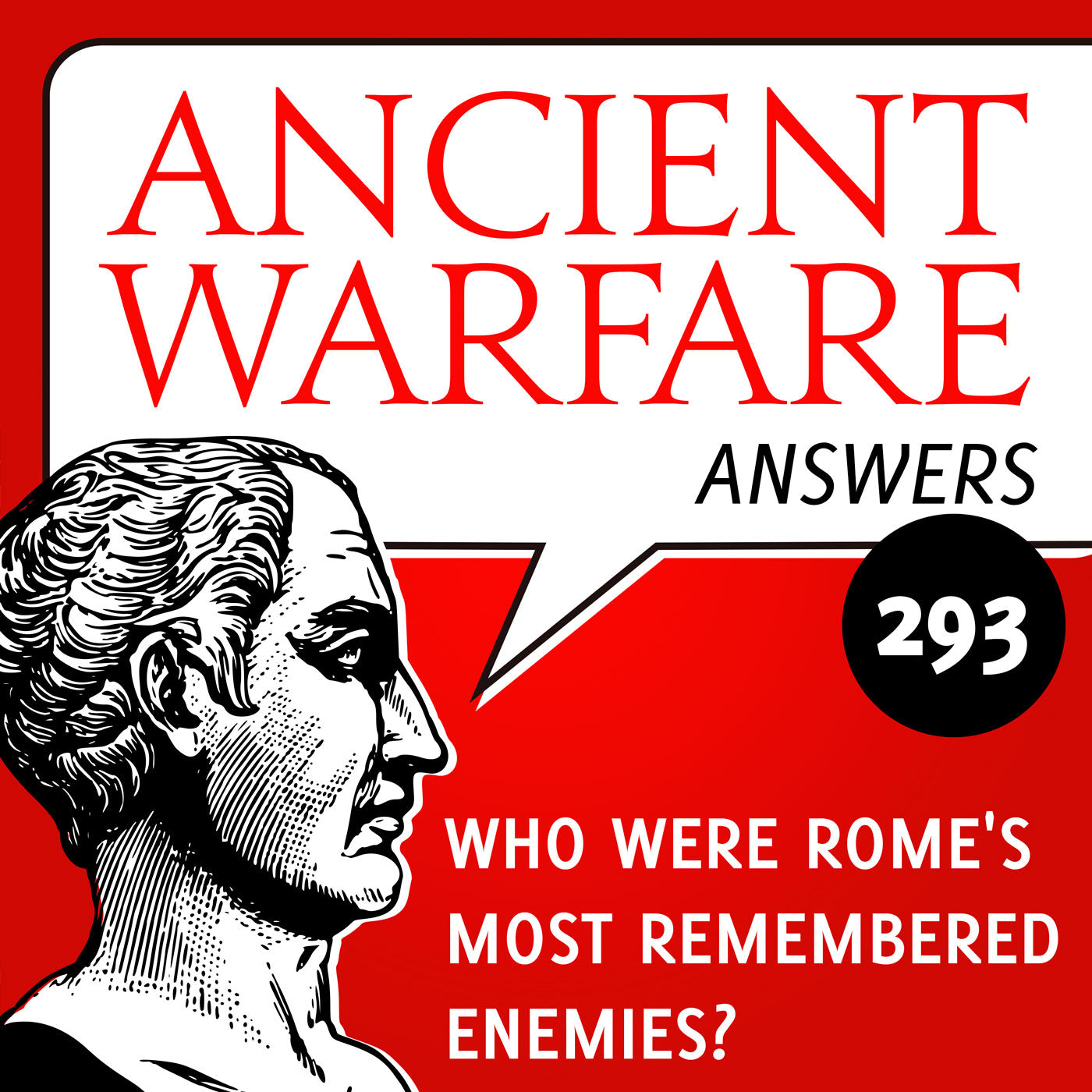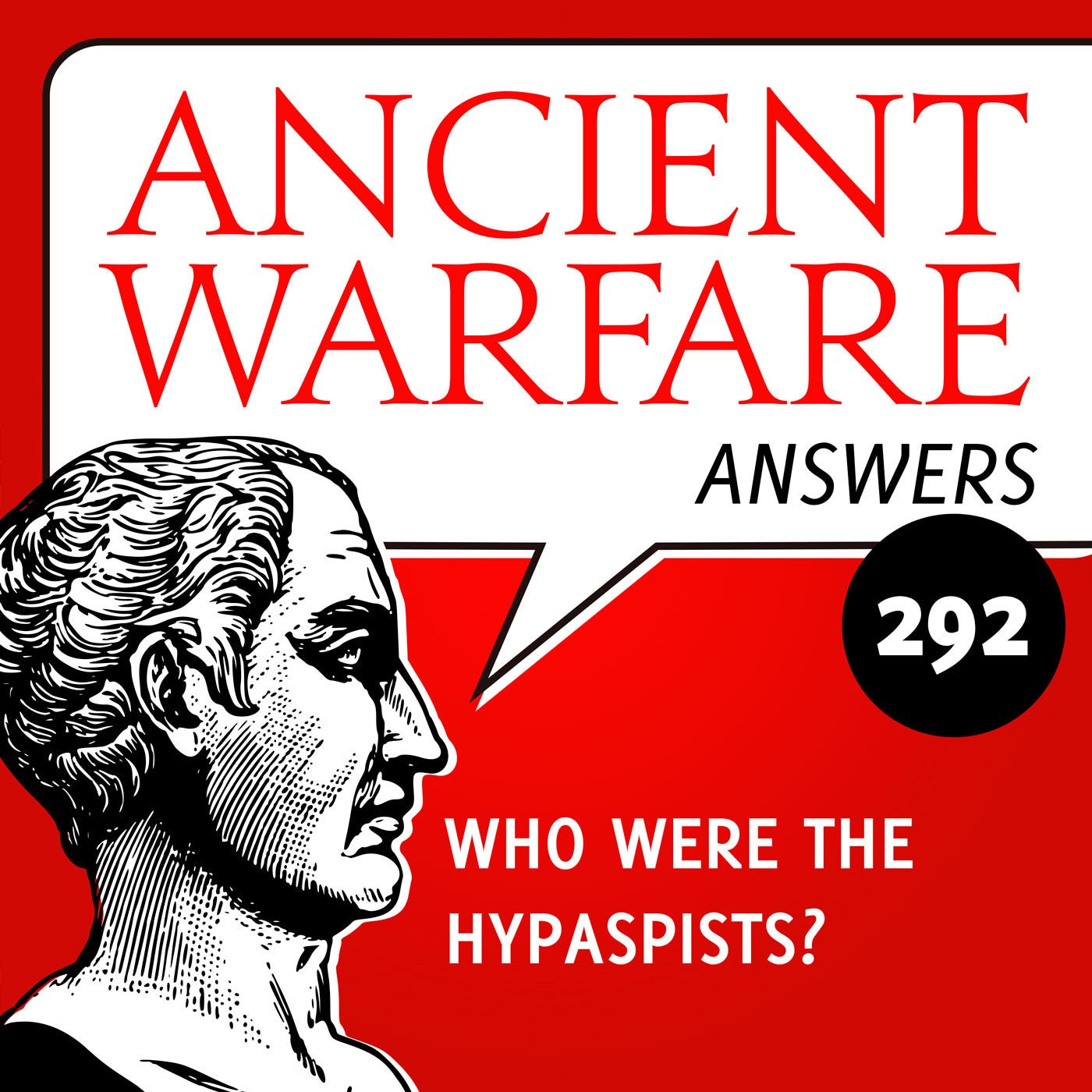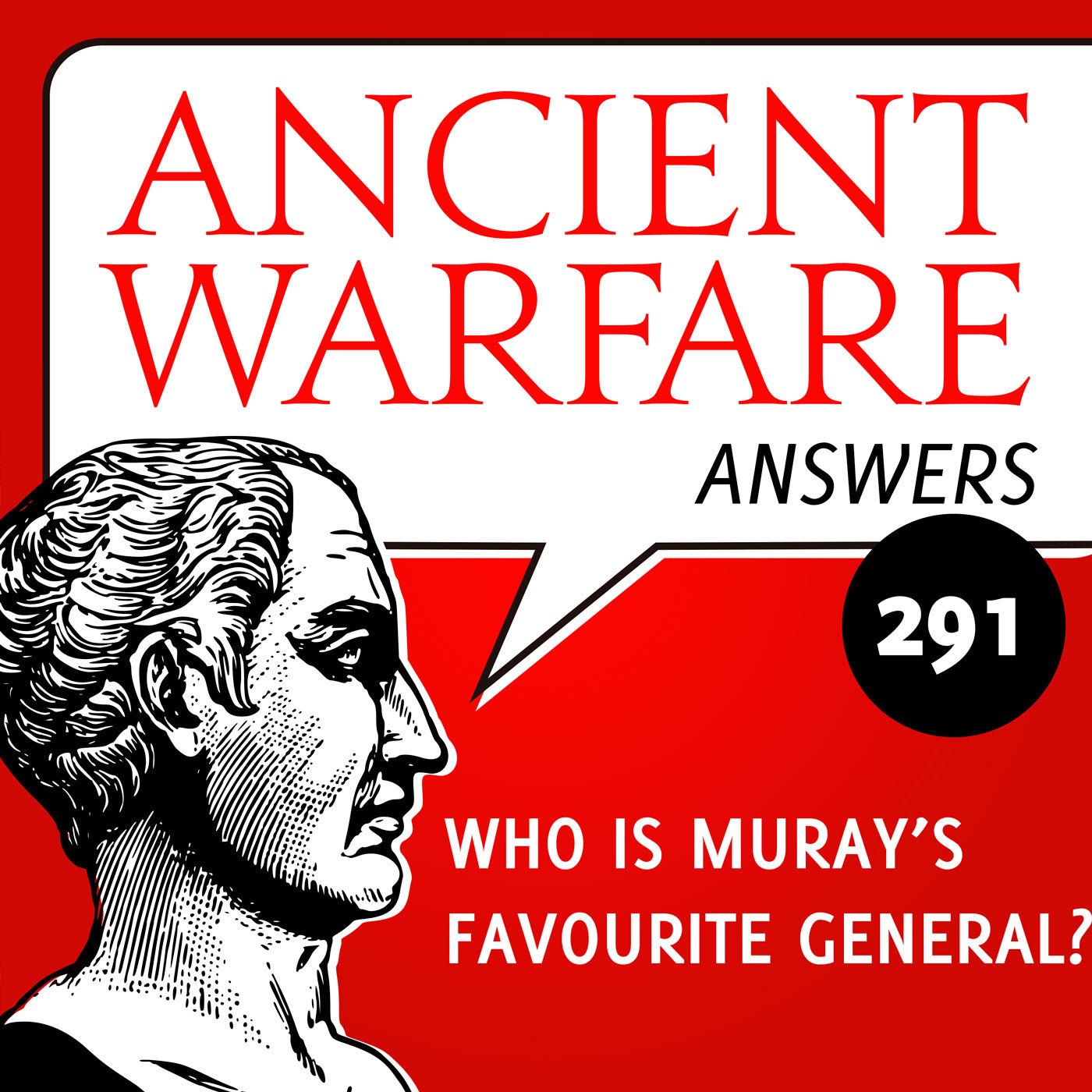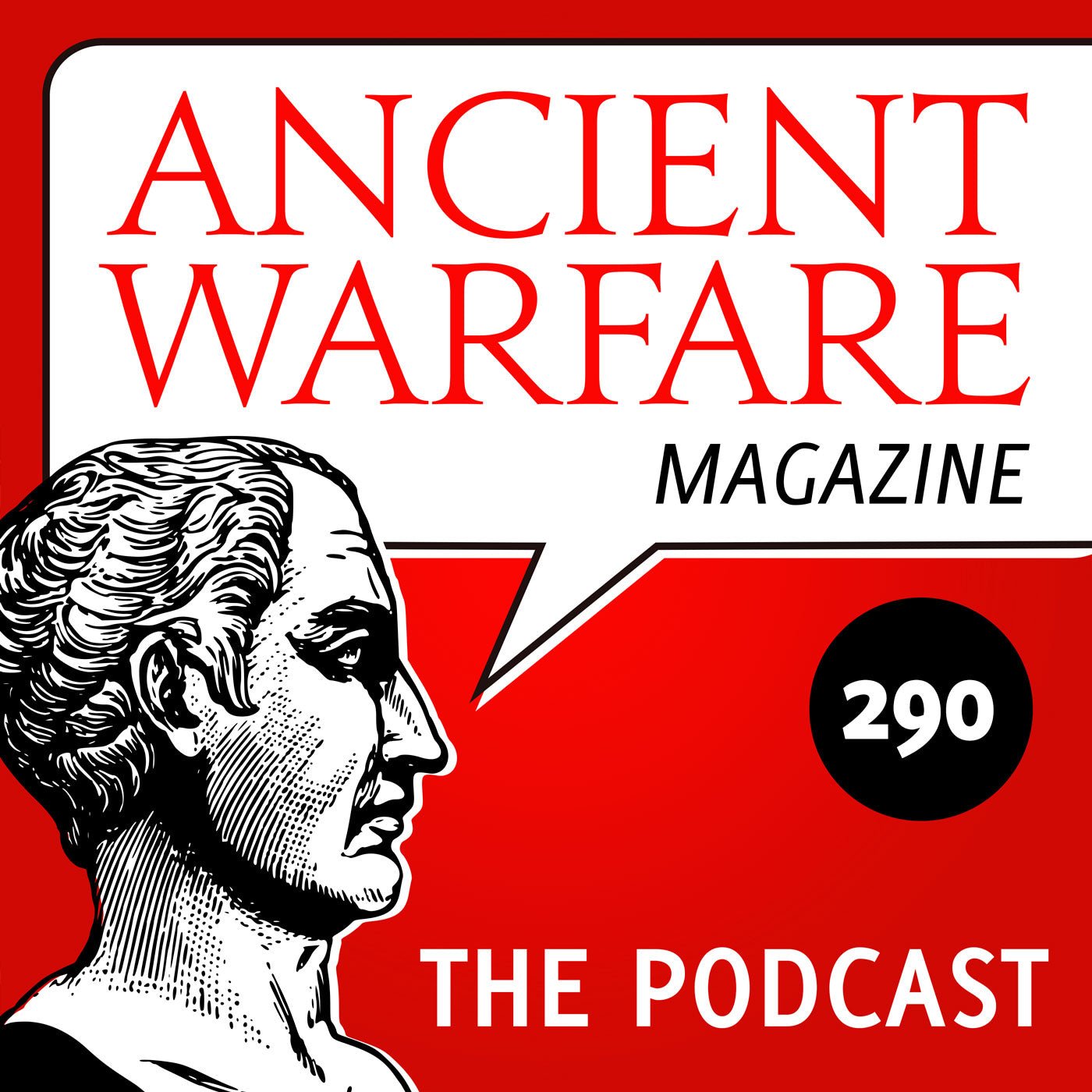A tale of two artworks

Here is the art briefing I provided to the artist – an interesting insight into how all artworks come about for the magazine:
Alexander the Great in his tent the night before the battle of Gaugamela in 331 BC. Sitting on his bed, he reads over his treasured copy of the Iliad on a scroll and contemplates how he will overcome the vast hordes of Persians in the battle the following day. His army is outnumbered massively (40,000 versus over 1 million in some sources). In his mind’s eye he sees how he might achieve victory and the battle tactics he will employ appear in his imagination like a vision. (The tactics he will employ involve having the wings of his formation pulled back in an upside down U formation with the curve towards the enemy). The wings held back ensure he cannot be outflanked easily. The curve of the U which will be closest to the Persians will consist of the men of the Macedonian phalanx. He also envisages a way to combat the feared chariots which will charge first over especially prepared ground whereby the phalanx will open up corridors to nullify their attacks).
In addition to this briefing, the artist is provided with visual references (such as a battle map and portraits of Alexander, as well as examples of Macedonian equipment) to aid them in creating the artwork. This can include details like armour, helmets, standards, but also things like camp beds or braziers. Some of these are wide-ranging (using surviving examples of beds from Herculaneum and Pompeii for example, or images of people reading scrolls from other contexts). In some cases, such as the appearance of Macedonian tents, we have to use our best guess since we have no surviving examples or other visual representations; often our written sources just tell us a tent without any description as to what they looked like. Nonetheless, after some to-ing and fro-ing over drafts and tweaking how the image will appear, the artwork emerges. Here, for instance, is an earlier draft with a different sword (a xiphos), which I asked be changed to (more typical) kopis.
As can be seen, that sword was really the only change I asked for. I was ecstatic at the result.

Now, one of the other generals who was mentioned as being inspired by the Iliad in that article, was Pompey the Great. He, we are told in a rather obscure source, had a particular liking for Book 11 of the Iliad. I mentioned that in the 2021 article, and there it sat. Or so I thought.
As so often when inspiration strikes, I began to research more widely on Pompey’s penchant for Book 11 of the Iliad and began to wonder why that book in particular. I went down a rabbit hole, as we might say. As with many of my research topics, I wasn’t sure if this one would ever find a home – I literally have dozens of pieces written up on various interesting ancient history and warfare-related topics – well, interesting to me at least. Some have appeared as blogs, others as articles, others I have even written up into full-length books! However, when the themes for volume seventeen of Ancient Warfare were announced, I knew that my Pompey piece might (finally) have a home. The theme for issue XVII.1 was to be (and is) the challenges of campaigning. This perfectly fitted with one of the reasons I thought Pompey always read book 11 of the Iliad in particular in preparation for any campaign he undertook.
Anyway, this time, in late 2023, I contacted artist Zvonimir Grbasic and sent him a briefing explaining that I wanted to mirror what we had seen in 2021. This was an additional challenge to just creating an artwork from scratch – we don’t want to repeat artworks even with a different artist (and an artist might not appreciate being asked to imitate another’s work – I certainly didn’t want that). So I sent Zvonimir this briefing:
We see Pompey on his camp bed, reading the Iliad and dreaming of the warfare of the Iliad. In Ancient Warfare 14.5, I had this piece made depicting Alexander the Great in his tent the night before the battle of Gaugamela in 331 BC, reading the Iliad and contemplating how he would overcome the Persians on the following day. I would like this piece on Pompey to be a companion piece to it – but with the appropriate Roman context and equipment and the staging swapped (so Pompey sits on the right hand side facing to the left).
In addition to this (and a copy of the earlier artwork), I sent the usual visual references – portraits of Pompey and appropriate Roman equipment and also ideas about how Pompey would have envisioned the Iliad – not, in all probability, as we now do with up to the minute archaeological finds in our minds. Instead, we concurred over email, he probably would have pictured them as we see the figures of the Iliad on Greek vases and in other surviving art. Of course, Pompey probably had many more surviving examples which he would have seen. But, much to my delight and immense satisfaction, this is what emerged for the artistic genius of Zvonimir’s mind and hands:

I was again, utterly delighted with the result and this process of making a pair of related artworks, separated by three years, different artists and evolving ideas about ancient warfare highlighted to me just how amazing all the artists we work with for Ancient Warfare are, and how admired they all are in creating original, and originally-conceived artworks to glorify our words. Now, in this case, the article is ‘“Ever be bravest and pre-eminent above all”: Pompey the Great and Book 11 of the Iliad’ in the current (XVII.1) issue of Ancient Warfare – if you are keen on either article you can get XIV.5 on the website and XVII.1 is out now. All Hail the Artists!




